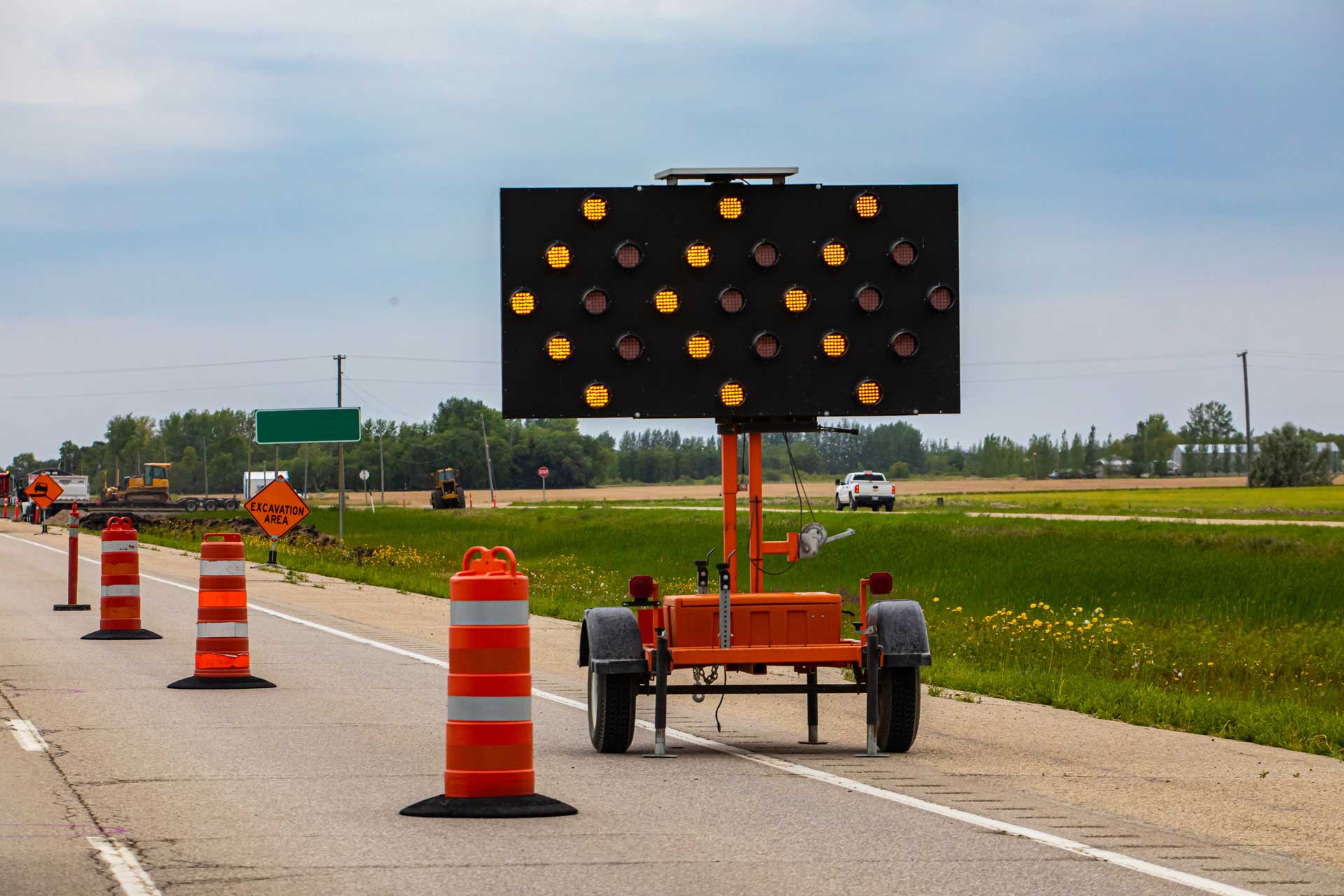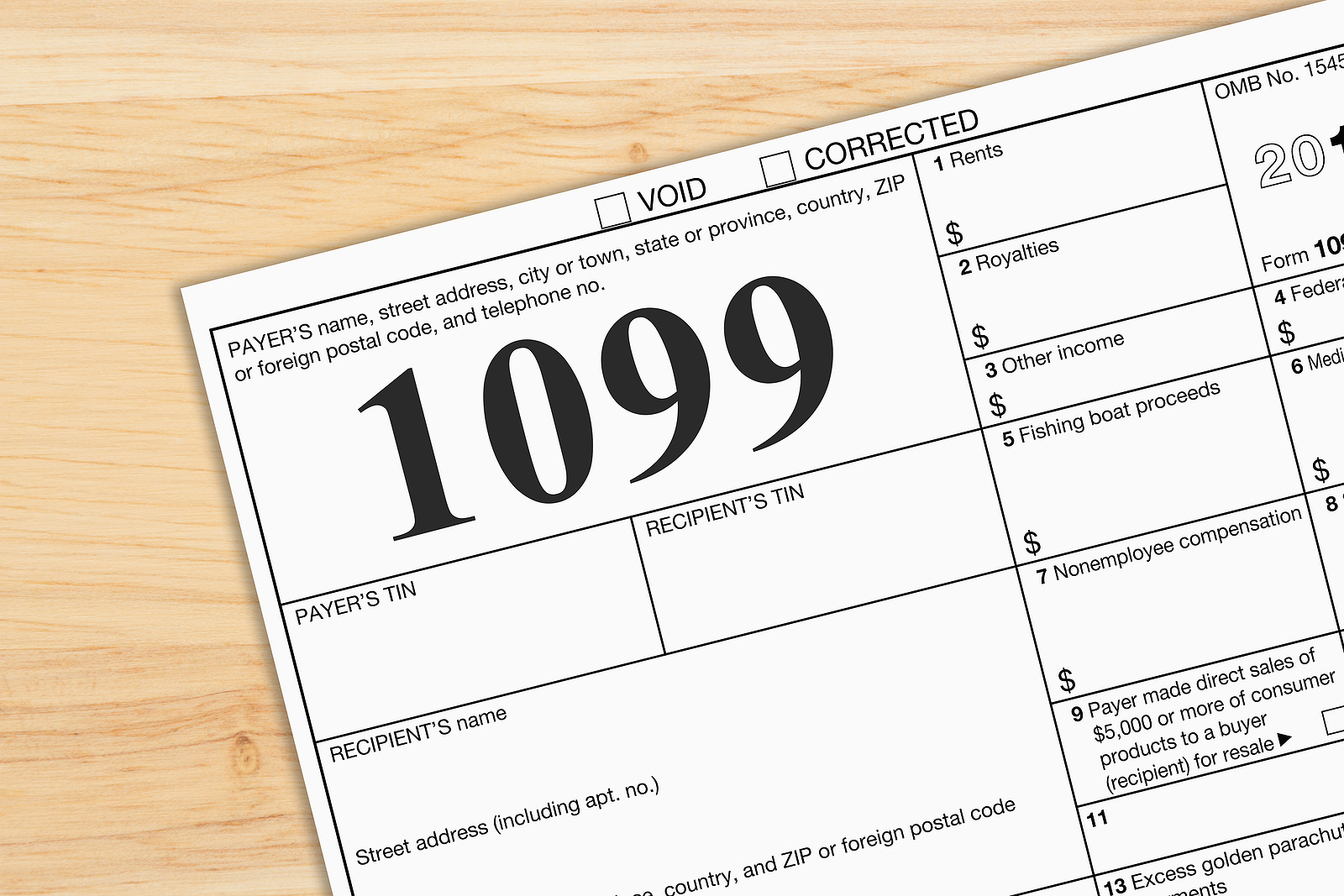While the nation’s infrastructure earned a C- in the 2021 Infrastructure Report Card, (yes, you read that right) New York faces infrastructure challenges of its own.
Luckily, the American Rescue Plan Act (ARPA) promises $350 billion dollars in emergency funding for state, local, territorial, and tribal governments to remedy the current mismatch between rising costs and falling revenues. The local funding portion is approximately $130 billion, equally divided between cities and counties. While there are various eligible uses of these funds, let’s dive into how your community can benefit from investing in infrastructure that’s in desperate need of an upgrade.
The deteriorating infrastructure plaguing local municipalities across the state continues to impede New York’s ability to compete in an increasingly global marketplace.
Did you know that driving on roads in need of repair in New York costs each driver $625 per year, and 9.9% of bridges are rated structurally deficient? Commuter hubs in some spots are so heavily used that they simply are not modern enough to handle current or future demands. The New York State Department of Transportation (NYSDOT) commented to the not-for-profit Hudson Valley Pattern for Progress on the state of repair that much of the roadway and bridge infrastructure in New York State, and in particular, in the Hudson Valley, is aging and can be a challenge to manage. NYSDOT further remarked, “The Hudson Valley has many roadways and bridges that were first constructed in the early part of the 20th century and at times lack the functionality afforded by current standards.” The New York State Department of Environmental Conservation (NYSDEC) has also documented infrastructure concerns, like how most of the 140 municipal wastewater-treatment plants between New York City and the Troy Dam are operating beyond their original design life. According to NYSDEC, 11% of sanitary-sewer pipes in the Hudson Valley, covering 2,600 miles, were installed before 1925. About 26% are over 65 years old.
Critical infrastructure updates are a well-suited use of ARPA funds because they are typically non-recurring expenses that can be strategically targeted to important long-term assets.
However, it’s always wise to assess any ongoing operating costs that may be associated with a specific project before committing ARPA funds. If reinvesting in deteriorating infrastructure is at the top of your to-do list, we have important factors you should consider to maximize your ARPA dollars and generate future economic recovery in your community.
- When you select a project to focus resources on, ask yourself: can your team complete a structured quantification of public benefits? If the answer is no, go back to the drawing board. Develop projects with tangible, quantifiable benefits with clear metrics supporting their contribution to social and economic growth.
- Consider establishing local or regional committees to minimize administrative barriers to coordinate project funding. By funding projects such as transportation or power grids that benefit surrounding communities, you are strategically investing to align objectives across departments and levels of government.
- Opt for investing in infrastructure projects that support a geographically and demographically diverse range of residents across income levels, urban and rural areas, and racial and ethnic lines. Engage with the public, the private sector, and civil society stakeholders on design and implementation.
- Whenever possible, use dedicated grants and programs, saving ARPA funds for priorities not eligible for federal/state assistance programs.
- Whenever practical, costs related to ARPA funding should be spread over the qualifying period (through December 31, 2024) to strengthen budgetary stability.
Success in a 21st-century economy requires serious, sustained leadership on infrastructure investment at all levels of government.
Delaying these investments only escalates the cost and risks of an aging infrastructure system, an option that the country, New York, and families can no longer afford. Localities will receive the ARPA funds in two tranches – the first, after the U.S. Treasury certifies the proceeds to each jurisdiction and the second, one year later. Funding must be spent by the end of the 2024 calendar year. As the U.S. Department of the Treasury continues to issue additional detailed guidance, our team will continue to update you and help you to navigate this financial relief. For over five decades, our governmental clients have depended on RBT professionals for assistance with all types of financial issues. We encourage you to contact our team today if you have concerns about ARPA, or other questions surrounding the unique factors that impact the government sector.
Sources: GFOA, Infrastructure Report Card, McKinsey, Pattern For Progress






